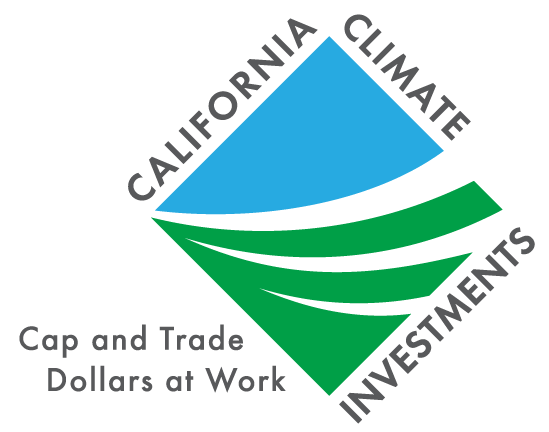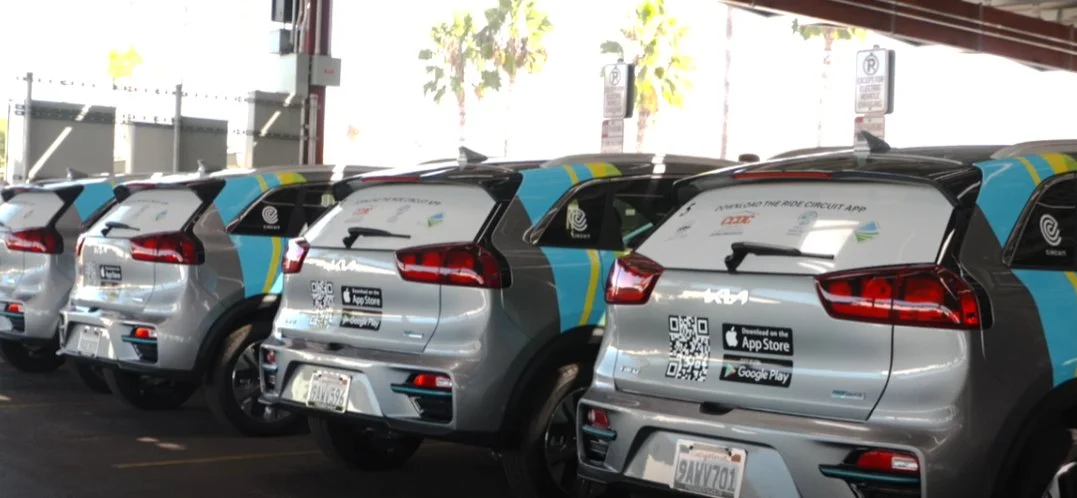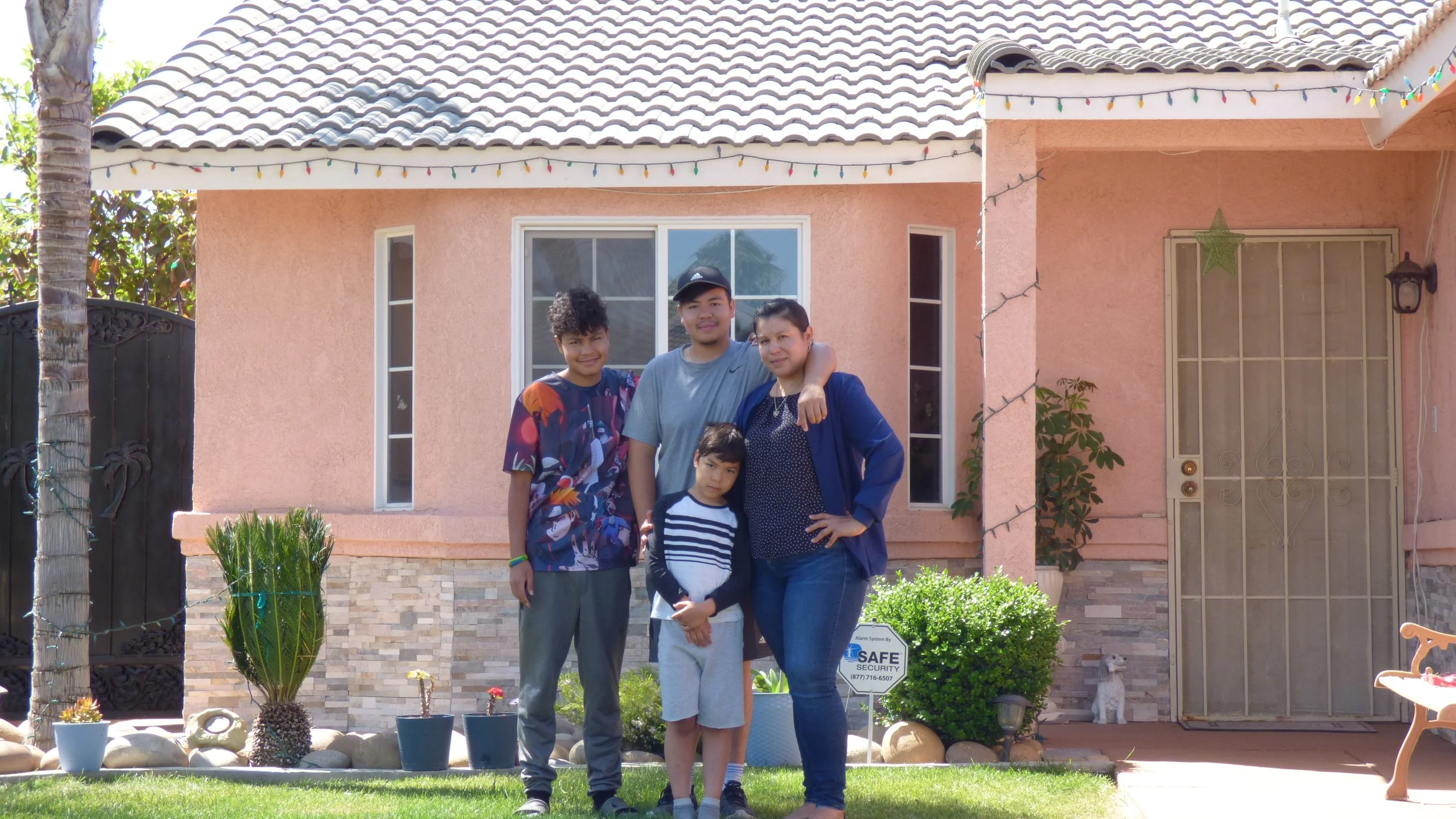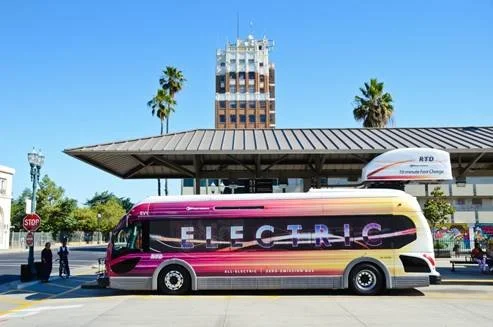California Climate Investments are focused on providing benefits to the State’s most disadvantaged communities and low‑income communities and households, collectively referred to as priority populations.
Benefiting Priority Populations
Equity and environmental justice issues are core to California Climate Investments. Programs are continually working to provide meaningful benefits to priority populations, foster equitable access to funds through outreach, technical assistance, and capacity building, and support community priorities and leadership.
Learn more about priority populations and how California Climate Investments programs are providing economic, environmental, and public health benefits for Californians.
Explore the Funding Guidelines to learn about statutory requirements and detailed information about priority population definitions.
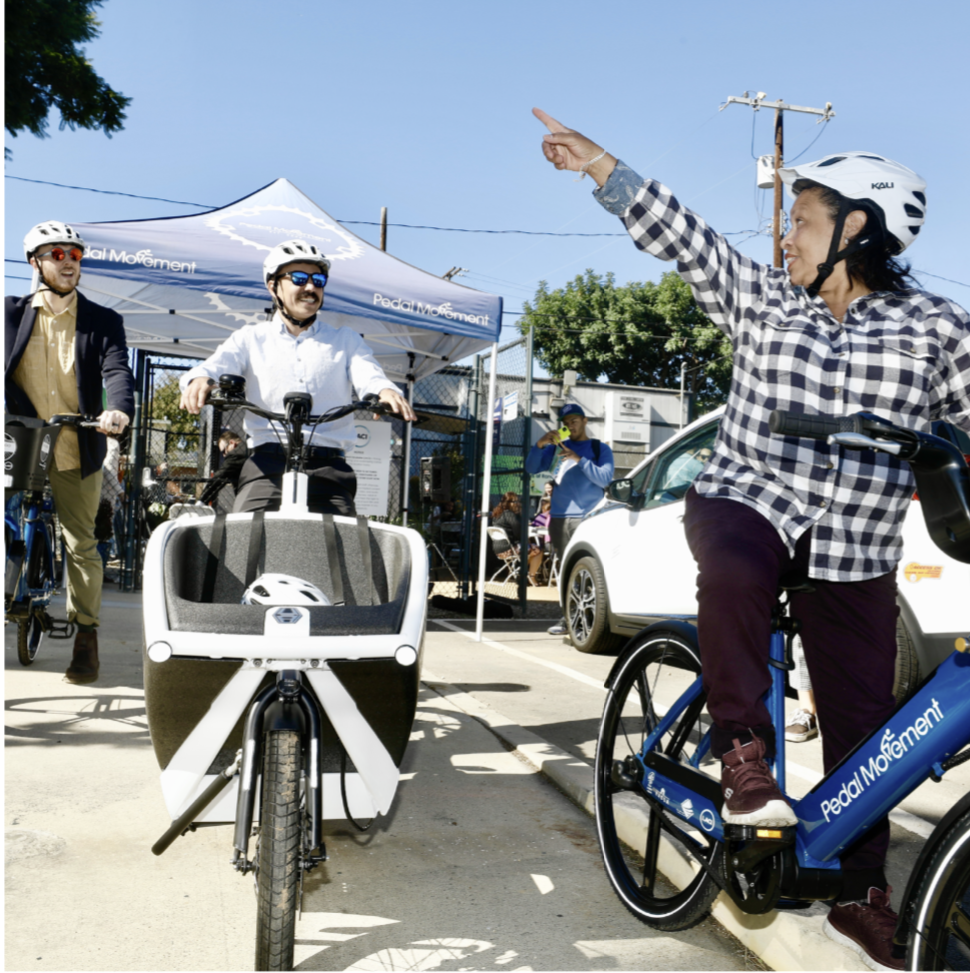
Identify Priority Populations
California Climate Investments projects serving priority populations are located within an identified disadvantaged or low-income community and benefit individuals living within that community, or directly benefit residents of low-income households anywhere in the state. Administering agencies, grantees, and applicants can use the maps and lookup tools below to identify if a project, activity, resource, etc., is located within a census tract identified by CalEPA as a disadvantaged community or low-income community, or directly benefit residents of a low-income household.
California Office of Environmental Health Hazard Assessment
A screening tool used to help identify communities disproportionately burdened by multiple sources of pollution and with population characteristics that make them more sensitive to pollution.
California Air Resources Board
This map shows disadvantaged communities and low-income communities as defined for California Climate Investments. To see if a particular location is within a disadvantaged community or low-income community, either navigate to the desired location on the map, search for the location by address, or enter a 10 digit census tract number in the search bar. Layers can be adjusted using the layer tool. Census tracts that are both disadvantaged and low-income blend to a color not represented in the legend if overlapping.
California Air Resources Board
This spreadsheet can be used to identify if a census tract is as a Disadvantaged Community or Low-Income Community, if Tribal lands are present within the census tract, and buffer community claims may be available.
California Air Resources Board
Use this lookup tool to identify the median income threshold by county and county average household size.
California Department of Housing and Community Development
Identify income limits for low-income communities and households. Low-income communities and households are defined as the census tracts and households, respectively, that are either at or below 80 percent of the statewide median income, or at or below the threshold designated as low-income by HCD.
Identify Needs and Report Benefits
Projects benefiting priority populations provide direct, meaningful, and assured benefits to a community. In order to identify a need and the steps necessary to meaningfully address that need, administering agencies, applicants, and/or funding recipients are strongly encouraged to directly engage local community residents and community-based organizations. Projects report benefits to priority populations by using benefit assessment tools.
Note: On February 14, 2025, CARB released benefit assessment tools to reflect changes in the recently released 2024 Funding Guidelines for Agencies that Administer California Climate Investments. For projects selected through solicitations released before February 14, 2025, either the benefit assessment tool or the benefit criteria table may be used. Access benefit criteria tables and archived reporting materials.
Community engagement is strongly recommended, but for limited project types such as vouchers for clean equipment, administering agencies, applicants, and/or funding recipients can identify individual factors in CalEnviroScreen that most impact a disadvantaged or low-income community. If none of the above approaches are feasible, administering agencies, applicants, and/or funding recipients can identify common community needs.
California Office of Environmental Health Hazard Assessment
A screening tool used to help identify communities disproportionately burdened by multiple sources of pollution and with population characteristics that make them more sensitive to pollution.
California Air Resources Board
If direct community engagement is not possible, administering agencies, applicants, and/or funding recipient can refer to the list of common needs and select a need that has documented broad support from local community-based organizations and/or residents. While this list includes some common needs of priority populations, as identified by community advocates, it is not intended to reflect a definitive list of all potential needs of disadvantaged and low-income communities and low-income households, and items included in the list may not be applicable for a specific community.
Investments in Action: Projects Benefiting Priority Populations
Program and Project Resources
The example guidance, resources, and tools below can help you to design and deliver programs and projects that benefit priority populations.
California Strategic Growth Council
Tested policy models for equitable outcomes in under-resourced communities. Provides case studies, lessons, and scalable templates to support program administrators and funders in designing programs to achieve equitable and transformative outcomes in communities in California and beyond.
California Strategic Growth Council
If your organization isn’t ready yet to apply for a planning or implementation grant, find resources here to help you prepare for success. Through the Community Assistance for Climate Equity (CACE) suite of programs, SGC provides technical assistance and capacity building to help under-resourced communities access critical funding resources, implement high-impact projects, and enact community-led initiatives.
Governor’s Office of Planning and Research
This checklist is intended to assist State agencies to ensure that plans and investments identify and protect the State’s most vulnerable populations. This checklist can be used alongside any decision-making process to improve equitable outcomes.
Explore resources that can be used to provide technical assistance in a way that advances equity and builds community capacity to secure funding and implement projects that can help reverse past disinvestment.
California Air Resources Board
Community Connections is a tool to help organizations and agencies find partners interested in California Climate Investments. Partnerships ensure that project proposals reflect the perspectives needed to build resilient communities and implement meaningful investment.
California Strategic Growth Council
The Hub is designed to enable practitioners, policymakers, and communities at any point in their racial equity journey to increase access and understanding to relevant resources and best practices.
California Air Resources Board
Example guidance from the Sustainable Transportation Equity Project (STEP), where applicants must directly engage community residents, in all phases of the STEP proposal’s development and implementation to ensure projects provide direct, meaningful, and assured benefits to STEP Community residents. While quantity of outreach and engagement is important, STEP Applicants should also prioritize the quality of their outreach and engagement, including targeted outreach and engagement to hard-to-reach residents.
California Air Resources Board
Example guidance from Sustainable Transportation Equity Project (STEP), where applicants are encouraged to consider how to identify and avoid substantial economic, environmental, and public health burdens in disadvantaged and low-income communities that may occur due to STEP-funded projects and that may lead to the physical or economic displacement of low-income households and small businesses.
California Air Resources Board
Example guidance from the Sustainable Transportation Equity Project (STEP) where applicants are encouraged to consider how projects can increase adaptability and build resilience to the specific impacts of climate change on the STEP Community over each project’s lifetime.
Governor's Office of Planning and Research
This document provides this guidance in a step-by-step process with specific guidance on prioritizing actions that promote equity and foster community resilience. While this guidance is aimed at state agencies in particular, it can be applied to the local and regional scales.
